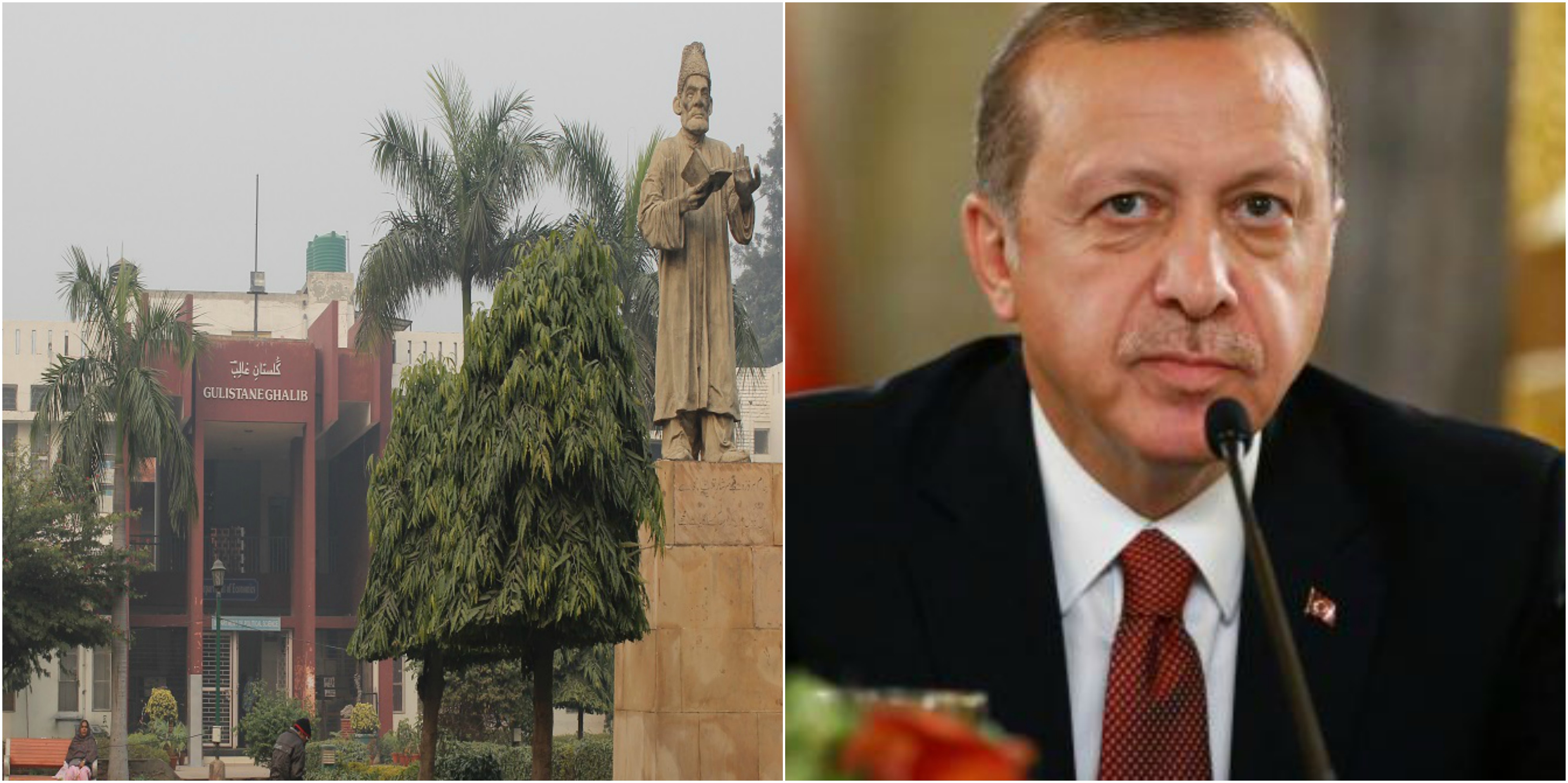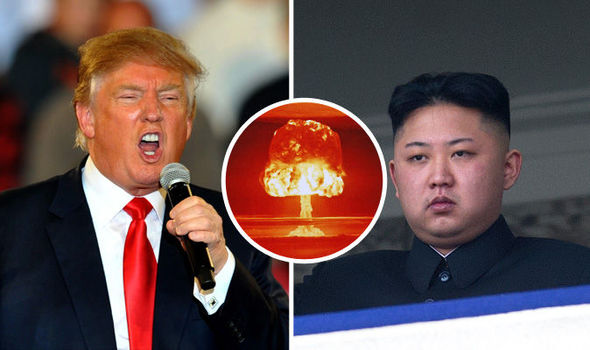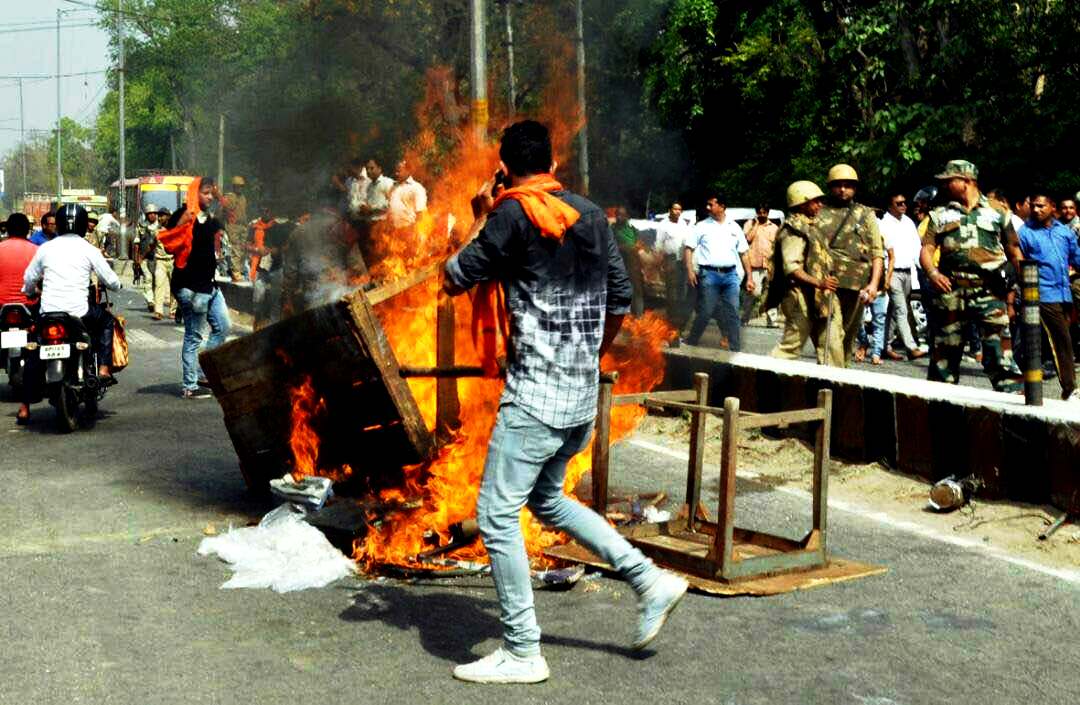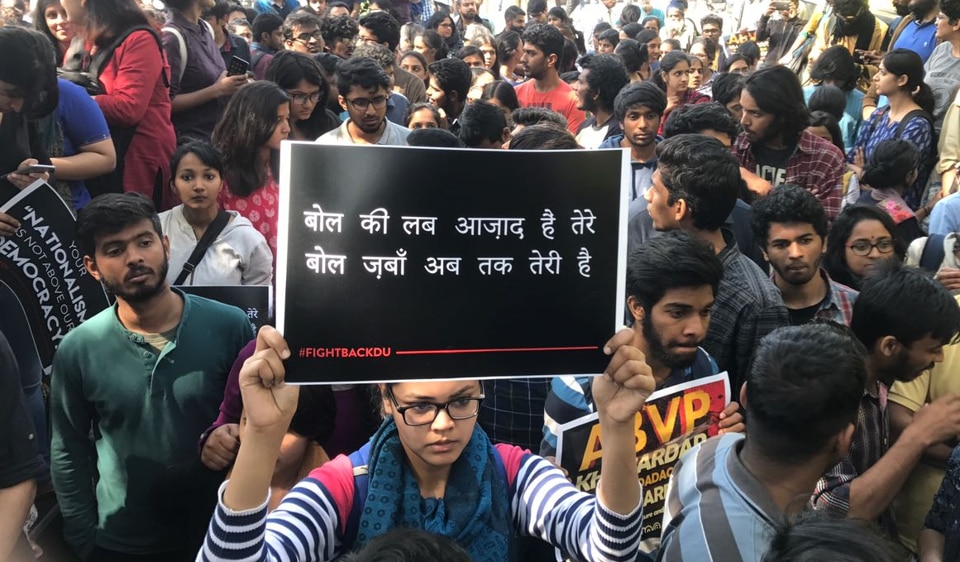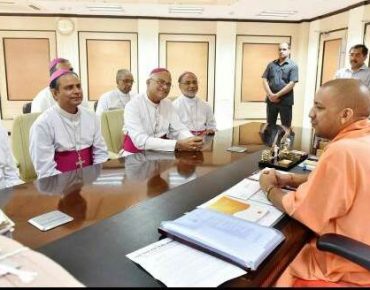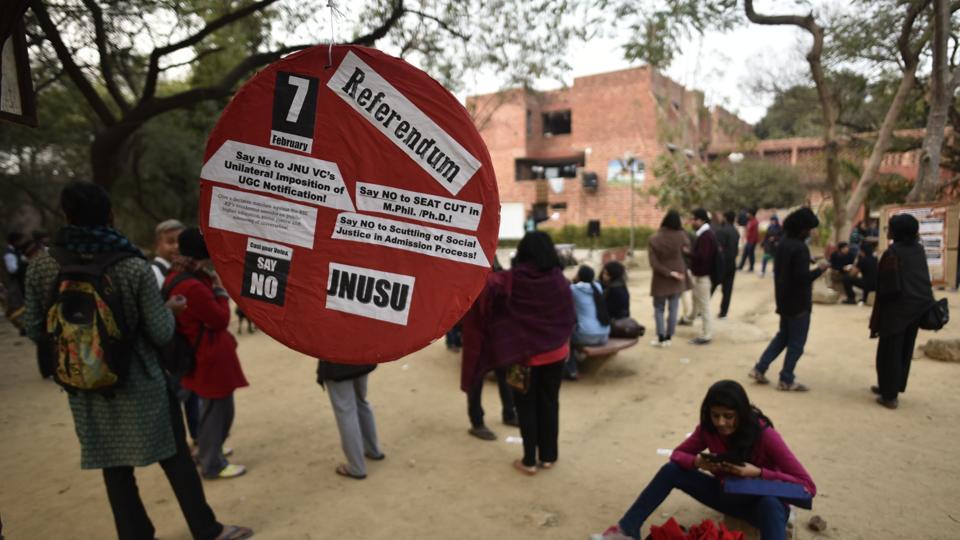Religious minorities are patently under pressure. Not just Muslims. All.

Catholic Bishops from UP meet CM Adityanath
Photo opportunities don’t always create a buzz. In normal times, the photo would make no news at all – a Sadhu in his saffron robes meeting other religious heads, in this case Catholic Bishops in their cassocks and kurtas and heavy Crosses on silver chains. Interfaith dialogue makes little news.
It was the posture. The saffron robed one sitting imperiously, the others facing him just a little distance too far for convivial dialogue.
UCAN, the Catholic news agency, told us the Catholic bishops of Uttar Pradesh called on the state's new chief minister, Yogi Adityanath, on April 21. The Yogi, said UCAN, “assured his government’s support and protection to practice Christian faith in the state”.
That was mighty kind and magnanimous of the chief minister. “He sounded very protective and welcoming,” UCAN quoted Metropolitan Archbishop Albert D’Souza of Agra, who led his sufragans.
This was the first such meeting after the Bharatiya Janata Party government took office riding a historic and sweeping victory in elections to the state legislature, defeating a coalition of the then ruling Samajwadi party and the Indian National Congress. The Dalit-focussed Bahujan Samaj Party of Mayawati sank, almost without a trace.
The Lucknow meeting, of course, was not meant to discuss any issue “but was a courtesy visit”. The Catholic Bishops Conference in high level delegations has often met the Prime Minister, Narendra Modi. Give unto Cesar what is due unto the ruler. It always makes for a nice photograph, a keepsake for one group, a propaganda tool for the ruler. Understandable.
One cannot live in a situation of a perpetual confrontation, specially if it is an entire, albeit microscopic, community of a bare 27 million in a national population of a billion and a quarter, with about 50,000 or so educational and medical institutions on the ground.
The chief minister told the bishops to contact his office directly in case of a problem.
The bishops seemed satisfied. “Christians have nothing to worry,” the chief minister had said.
Christians are a mere 0.18 percent of Uttar Pradesh, India’s largest and most populous state, not even a blimp on the radar, and concentrated in the old railway and military towns of Allahabad, Lucknow, Kanpur, Agra, Bareilly and Meerut, and in recent years, Noida which is home to migrant corporate workers from all over the country, including Kerala.
There was nonetheless some consternation among a section of the community, among them clergy, women religious, or Nuns, and lay persons, Catholic, and protestant.
There were also voices, fewer perhaps, but voices, supporting the bishops, welcoming the meeting. This is right and proper in a democratic society and a democratic community, although many would not agree to my definition of democracy in the Catholic church because of their own experiences with bishops in their dioceses, or priests in their parishes. I hold the Church is democratic, and that the Catholic church, specially under Pope Francis, offers a rare ray of hope not just to the denomination he leads from the Vatican near Rome, but to all mankind at this critical juncture when we seem on the brink of a nuclear confrontation.
But what worried me was a letter from a friend, a senior theologian specialising in finding common grounds between Indian culture and Christ’s message. Out of my abiding respect for him, I sanitise his mail, removing names, places and designations so that only close friends and acquaintances can venture a guess at his identity, and no other.
The operative part of the mail, after the salutations is:
My dear John,I am planning to meet Yogi ji during my next visit.
We have a kind of equation whereby we respect one another while agreeing to disagree.
He has many doubts about Christian missionaries. In fact, I had suggested to our Bishops to meet him and express their solidarity with the good works he wants to do.
Let him know that the Catholic Church has a different approach.
In fact, I had requested the CBCI long ago to change the name of our religion in India to 'Catholicism'. We need not be victims of the folly of those who go around condemning others. Most people do not know the difference. For them all are 'Isai'. We can win over Yogi ji with love without much difficulty. He has not many 'advisers' around him. He stands on his own. He is accessible to all.”
This letter has scared me, I must admit.
I was reminded of a chapter I read in a text book of psychology, or was it sociology, that I read some 55 years ago as part of the history of science paper we had to read together with compulsory Hindi as the other requirement in Nehru’s India.
This was reverse of the well-known, and popular, thesis on How Not To Become Frog Soup, the one about frogs swimming in cold water put on the stove. They swim merrily till the water is at a certain temperature. They wriggle and try to scape. It is too late. The water boils. The frogs turn belly up. Other frogs in a control experiment are dropped in hot water. They feel the heat, instinctively jump and are clear of the pot, and the stove. They live.
The experiment I remembered was abut mice, in a cage. They were immersed in tub of water. Slowly. The mice took a sip, and started to swim. All animals can swim at birth, barring humans. The water rises. The mice swim a tad more vigorously. The water is now near the top of the cage, with barely a centimetre of air. The mice, now frantic in the crowded space and with no place to even swim, turn on each other. They bite with their sharp incisors. Some die even before they all drown.
Catholicism is a part of Christianity, which is so named after Jesus Christ whose command we all heed, loving each other as He loved us.
Religious minorities are patently under pressure. Not just Muslims. All.
And Christians are feeling the pressure. The Holy Week, in fact the ending fortnight of Lent, was traumatic in many areas. Police asked churches in some areas not to stage public processions on Palm Sunday and to keep all celebrations within church premises. As it is, Easter and Christmas in Delhi have been held under heavy police protection. Every church is guarded by razor wire, glass shards and close circuit TV. Private guards sit at the gates of most churches.
The divisions of dogma and doctrine between Catholics and Protestants, and between various groups of Protestants, were just an inner point of friction, ever a political instrument.
We seem to be entering a time of private negotiations, bilateral agreements of peace with the ruling dispensation and its political masters. This sort of a negotiation is usually, in other contexts, centred on buying individual or group peace.
There is a trade-off
In some cases, it is material. The ceding of some rights, the promise of silence, or overlooking some intransigence.
In other cases, it is leaving some weaker sheep to the wolves. There are too many folk tales from the old Russian masters narrating the flight of horse driven sleds on the frozen Siberian tundra with a pack of wolves chasing them. I will not complete this script.
But I think there is a ray of hope. There is a strong section that makes common cause with others on the margins, with other communities, and with civil society.
I quote from another letter, by another senior friend, shared on a catholic forum. This too will be unnamed.
“I do not have any objection in bishops meeting with Yogi. One major trend in Yogi, after his becoming the CM is that he has stopped making controversial anti-minority statements unlike he has been doing during the election period and earlier. But one statement he has made after becoming the CM is on 'Hindu Rashtra' which goes against the Constitution of India and it is detrimental to the very foundation of the Indian state. Did the bishops assume courage to express their mind on this issue? Similarly, the issue of closing the slaughterhouses has affected the livelihood of thousands of poor Muslims, who run these small-scale slaughterhouses and meat shops. As leaders of the Church, which has an option for the poor, did the bishops show courage to challenge the CM on this inhuman policy?”
UCAN did not cover this point.
